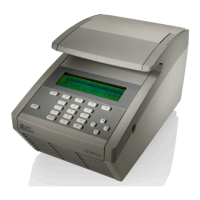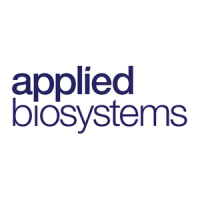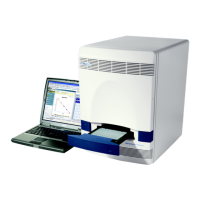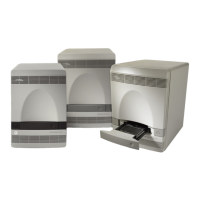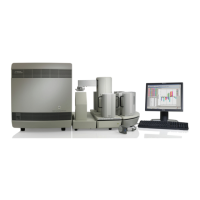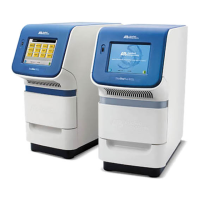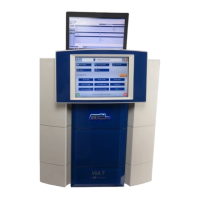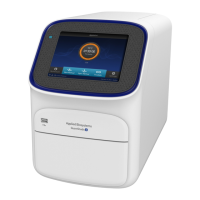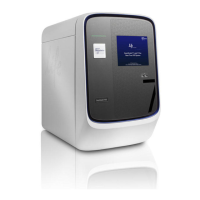What to do if my Applied Biosystems 2720 Laboratory Equipment has no screen display and no response when turned on?
- JJulia MillerAug 22, 2025
If your Applied Biosystems Laboratory Equipment shows no screen display and doesn't respond when you turn it on, check the following: Ensure the power switch is in the ON position, verify the power cord is properly connected, and inspect the fuses.
